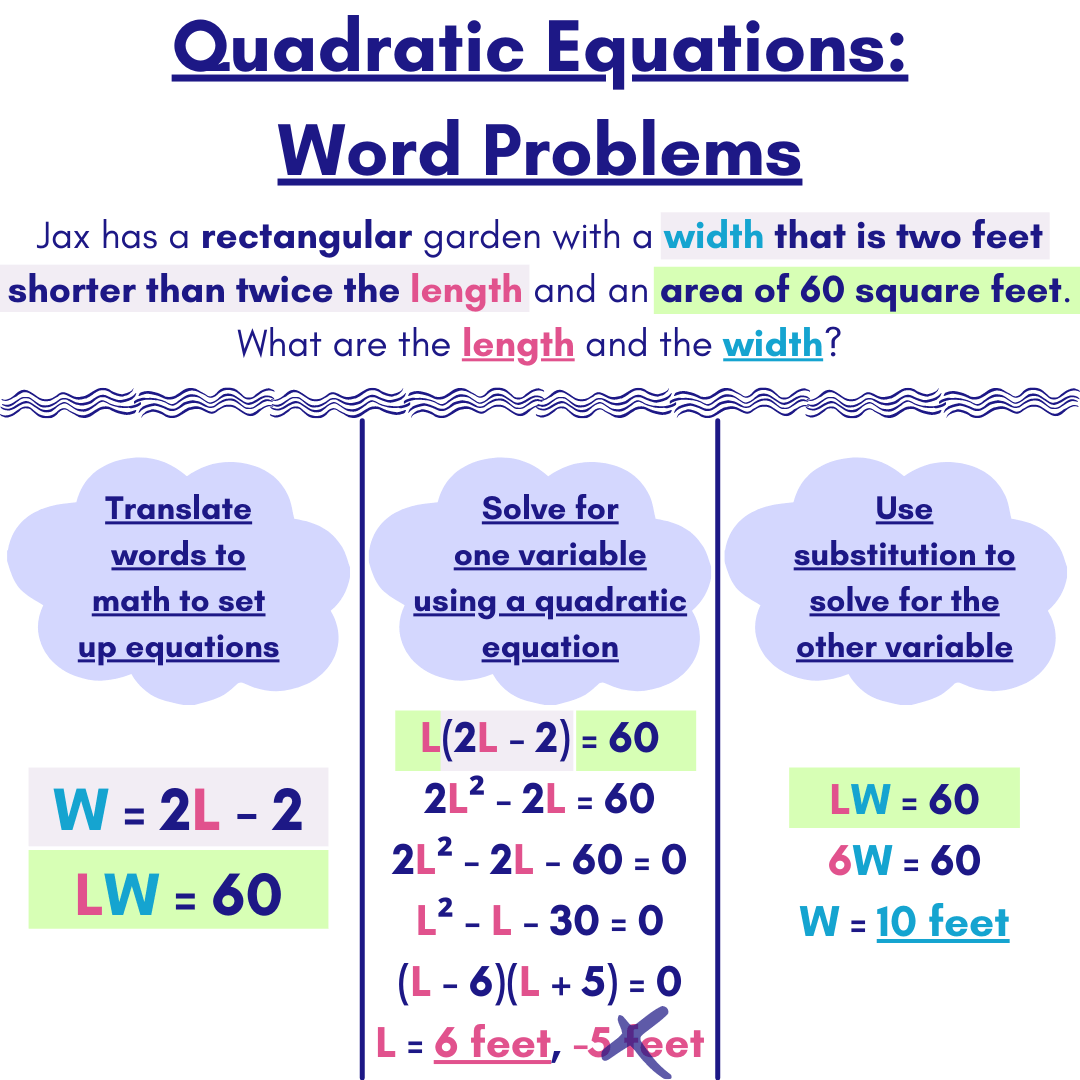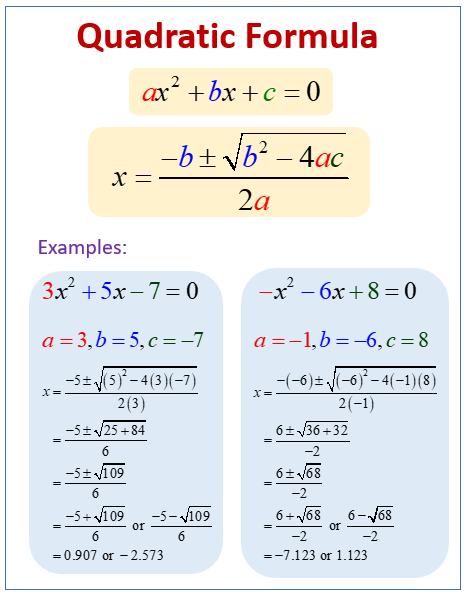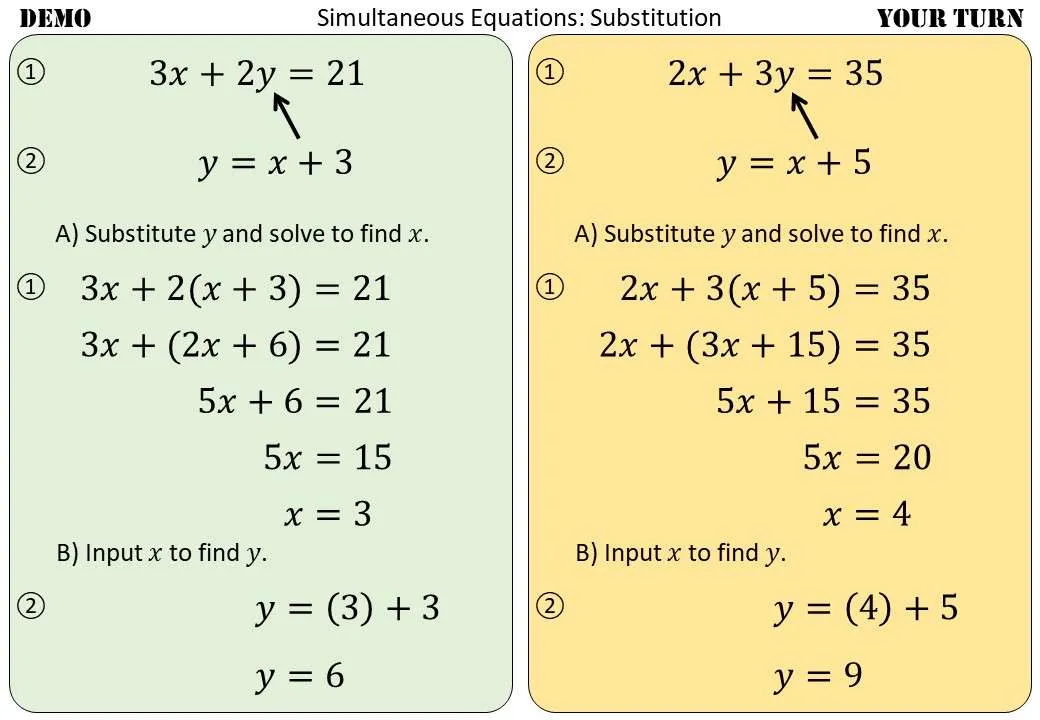An equation is defined as a set of numbers that contain operations and can contain a variable. Equations are used to solve for these unknown variables by using different operations such as addition, subtraction, multiplication, and division.
Think of an algebraic equation as a mystery where the x marks the spot. It’s a series of numbers and operations – like addition or multiplication – that also features a variable, usually represented by a letter. The goal? To find the value of that elusive variable.
RESOURCES
- )
- )
These are affiliate links. If you click a link and buy the product, then the blogger gets a percentage of the sale or some other type of compensation. Prices are not different if you use these affiliate links. You will not pay more by clicking through to a link.
SOLVING EQUATIONS
Picture this: you have a puzzle in front of you, and solving for x is like finding the missing piece to complete it. In algebra, equations are the puzzles, and solving them means discovering the value of x that makes everything fall into place.
Consider this simple equation: 2 + x = 4. It’s straightforward, right? To solve it, you need to figure out what x is. In this case, x is equal to 2, because 2 plus 2 gives you 4. This process applies to more complex equations involving subtraction, division, and multiplication as well.
At its heart, equation solving is about balance. Both sides of the ‘=’ sign need to equal each other, creating a balance. You perform operations on both sides until the unknown, x in many cases, stands alone. You’ve just unlocked the first door to understanding the world of algebraic equations.

WRITING EQUATIONS
When faced with a problem, whether in a textbook or the real world, turning it into an algebraic equation paves the way for a clear, calculable answer.
STEP 1: IDENTIFY
Identify the known and unknown quantities from the problem statement. The process begins with comprehension. I’ll ask you to strip a problem down to its basics: What’s given? What’s missing? Make a list. This isn’t just busywork; it focuses your thoughts and makes the next steps easier.
STEP 2: DETERMINE
Determine the relationship between the known and unknown quantities using keywords. This is the time to decode the problem. Here I’ll teach you to spot keywords and phrases that hint at mathematical operations. Words like ‘total,’ ‘difference,’ and ‘product’ are clues to the operations needed: addition, subtraction, multiplication.
STEP 3: WRITE
Write an equation representing the relationship between the known and unknown quantities. This is how the process is finalised. I’ll demonstrate combining the known quantities with algebraic symbols to represent unknowns. Think of it as a puzzle where the pieces are your numbers and operation symbols.

ITERATIVE METHODS
Iterative methods bring an equation to life. You might not nail the exact solution on the first go, but with each repetition, the answer gets sharper, closer. It’s a powerful technique that’s a bit like honing a blade with each stroke on the stone.

IDENTITIES AND PROOF
The journey from understanding the essence of algebra to mastering its challenges is a rewarding one. Equations and identities are foundational elements that shape the landscape of mathematical problem-solving, and a strong grasp of these concepts is crucial. I’ll demystify these advanced techniques to empower you with the ability to solve more complex equations.
Let’s start with the distinction between equations and identities. An equation is only true for certain values, say ‘x = 4′ in ‘2x = 8′, while an identity holds true for all values within a variable’s range, depicted by the ‘≡’ symbol. Recognizing this difference is vital in advanced algebra, as identities often serve as shortcuts to solving intricate problems.
QUADRATIC EQUATIONS
Quadratic equations take the following form, which is also known as the quadratic formula:
Factorising is your first strategy for tackling quadratics. If p x q = 0, then p = 0 or q = 0. For quadratics that don’t succumb to factorisation, ‘completing the square’ will be your go-to method, offering surd-containing solutions that can be exact, while still neatly packaged.
In some circumstances, the quadratic formula provides the solution when other methods may stumble. Applying this formula offers a direct path to your answers, and it never fails, given the correct conditions.


SIMULTANEOUS EQUATIONS
Lastly, simultaneous equations present a thrilling challenge. With two unknowns and two equations, it’s like a dance of numbers where each step must be precise. Whether by elimination or substitution, the goal is to navigate to the point where both equations reach harmony, revealing the values that make them true.

CONCLUSION
Embrace these advanced techniques, and you will see how they unlock a universe of potential solutions in the world of algebra. Equipped with these tools, not only will you navigate algebraic equations with increased confidence, but you’ll also appreciate their beauty and precision in describing the world around us.


No responses yet